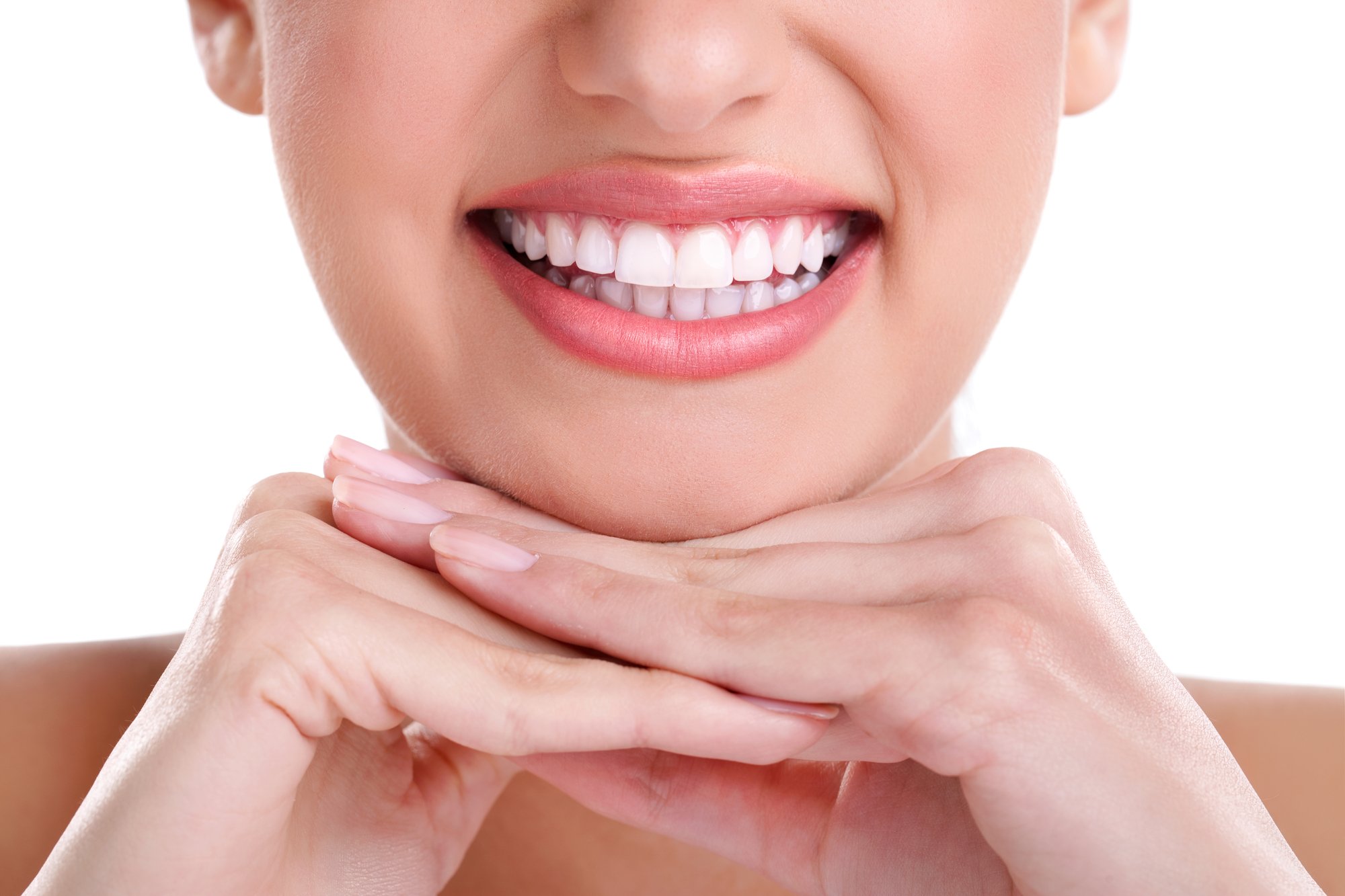
When it comes to teeth whitening, Magic Smiles Dental and Implant Centre in Woolgoolga believes in using the best products on the market. We provide popular and trusted Philips Zoom teeth-whitening treatments. Zoom products allow our patients to receive treatments either in our Woolgoolga dental office or in the comfort of their own home.
The decision to receive in-office or take-home whitening treatments is completely up to our patients, but here are a couple of things to consider:
- Patients expecting rapid results benefit most from in-office treatments.
- At-home treatments take longer to achieve a patient’s desired shade, but the convenience allows patients to whiten their teeth wherever or whenever they want.
Choosing the Right Teeth-Whitening Method for You
Knowing the available in-office and take-home Zoom options at our Woolgoolga dental centre helps patients determine which method is best for them.
In-office teeth whitening systems include:
- Philips Zoom QuickPro. This procedure takes 30 minutes and is best for patients who want rapid results.
- Philips Zoom Whitespeed. This is a 45-minute procedure using a LED blue light to enhance whitening results. This procedure is recommended for patients looking for a dramatically whiter smile.
Take-home teeth whitening systems include:
- Philips Zoom DayWhite. This is a kit which includes custom-made trays and a whitening solution based on the patient’s specific needs. The trays are worn for 30 minutes twice a day for 2 weeks.
- Philips Zoom NiteWhite. Similar to Zoom DayWhite, this is a whitening kit that includes bespoke trays and a customized whitening solution. Zoom NiteWhite trays are worn overnight (or for at least 2-4 hours daily) for 2 weeks.
Preparation
Whether patients choose to whiten their teeth at our Woolgoolga dental centre or at home, it’s important to prepare for the whitening process. Dentists recommend that patients receive a thorough, professional dental cleaning before applying Zoom teeth-whitening products. A dental cleaning helps prepare the surface of the teeth for optimal results.
Procedure
After discussing teeth-whitening options with Dr. Pathak and properly preparing the teeth, it’s time to work on getting a brighter, whiter smile. Here’s what patients can expect from their chosen teeth-whitening method:
In-office teeth whitening:
Philips Zoom QuickPro
- A thin layer of quick-drying varnish is applied to each tooth.
- Next, a protective sealant is applied over the varnish.
- After 30 minutes, the patient brushes off the varnish and sealant.
- Patients are free to leave the office immediately after application.
Philips Zoom WhiteSpeed
- A layer of whitening gel is applied to the teeth.
- Next, a LED lamp is used to enhance the effects of the whitening product.
- The gel and light process is repeated 3 times.
- Afterward, a protective gel is applied to the teeth to shield the enamel and diminish sensitivity.
- Before leaving the office, Dr. Pathak will supply patients with a take-home whitening kit and customized trays so they can conduct touch-ups at home.
At-home teeth whitening:
Philips Zoom DayWhite and NiteWhite
-
- Brush and floss teeth thoroughly to remove plaque.
- Carefully place a small drop of whitening gel into each tooth impression in the customized tray.
- Place the tray gently over the teeth.
- Remove the tray after the prescribed time.
- Gently wash the tray in cold water.
- Brush teeth to remove the leftover whitening gel.
Brilliant Results
One treatment of Philips Zoom QuickPro delivers a smile that is up to 4 times brighter. Philips Zoom WhiteSpeed results in teeth that are up to 8 shades whiter after a single treatment. After 2 weeks, patients using Philips Zoom DayWhite or Philips Zoom NiteWhite will enjoy noticeably whiter, brighter smiles.
Schedule a Consultation
Not sure which Zoom teeth-whitening method is best for you? Schedule a consultation with Dr. Pathak and his Woolgoolga dental team today. Call us at +61423191324 or contact us online.
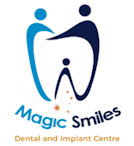
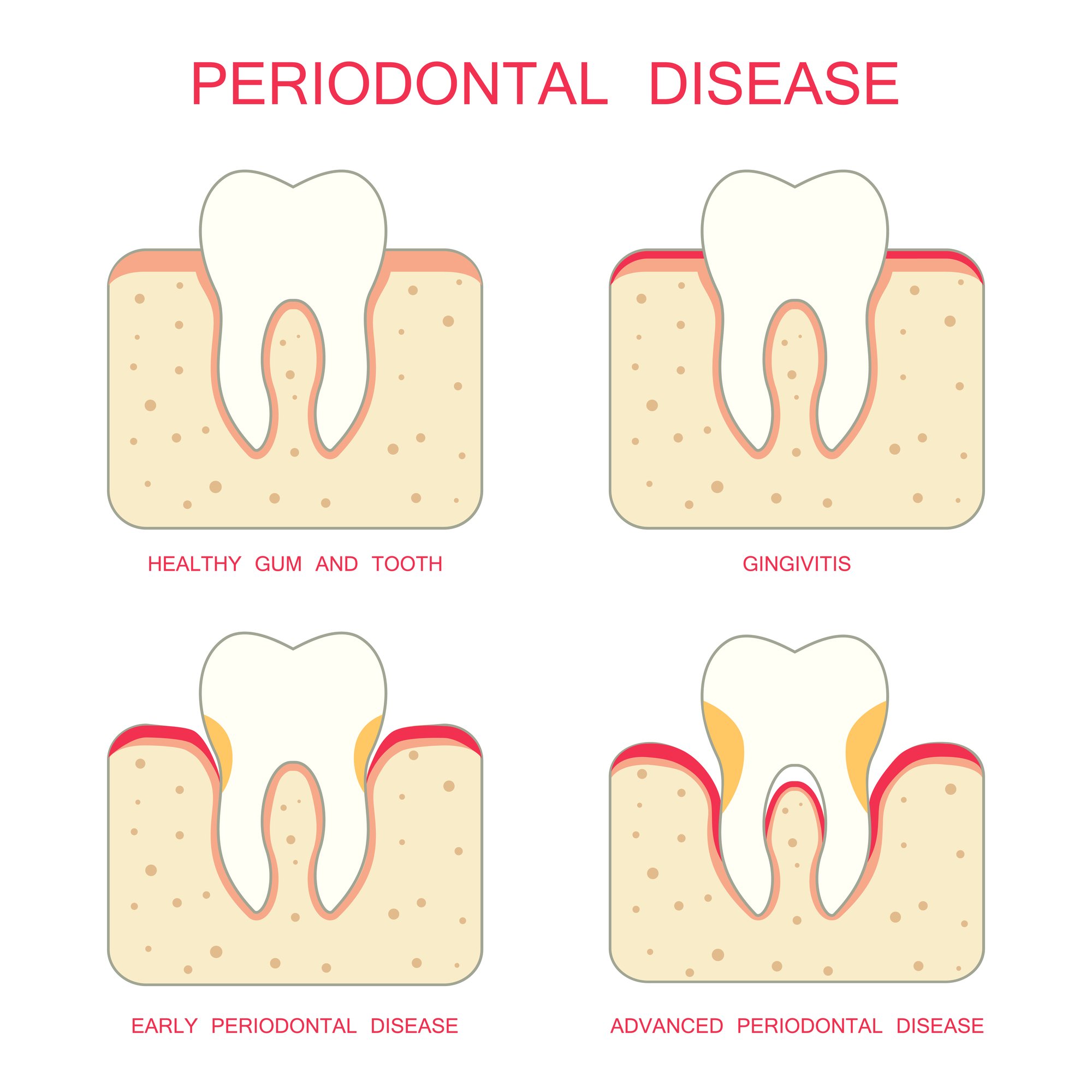

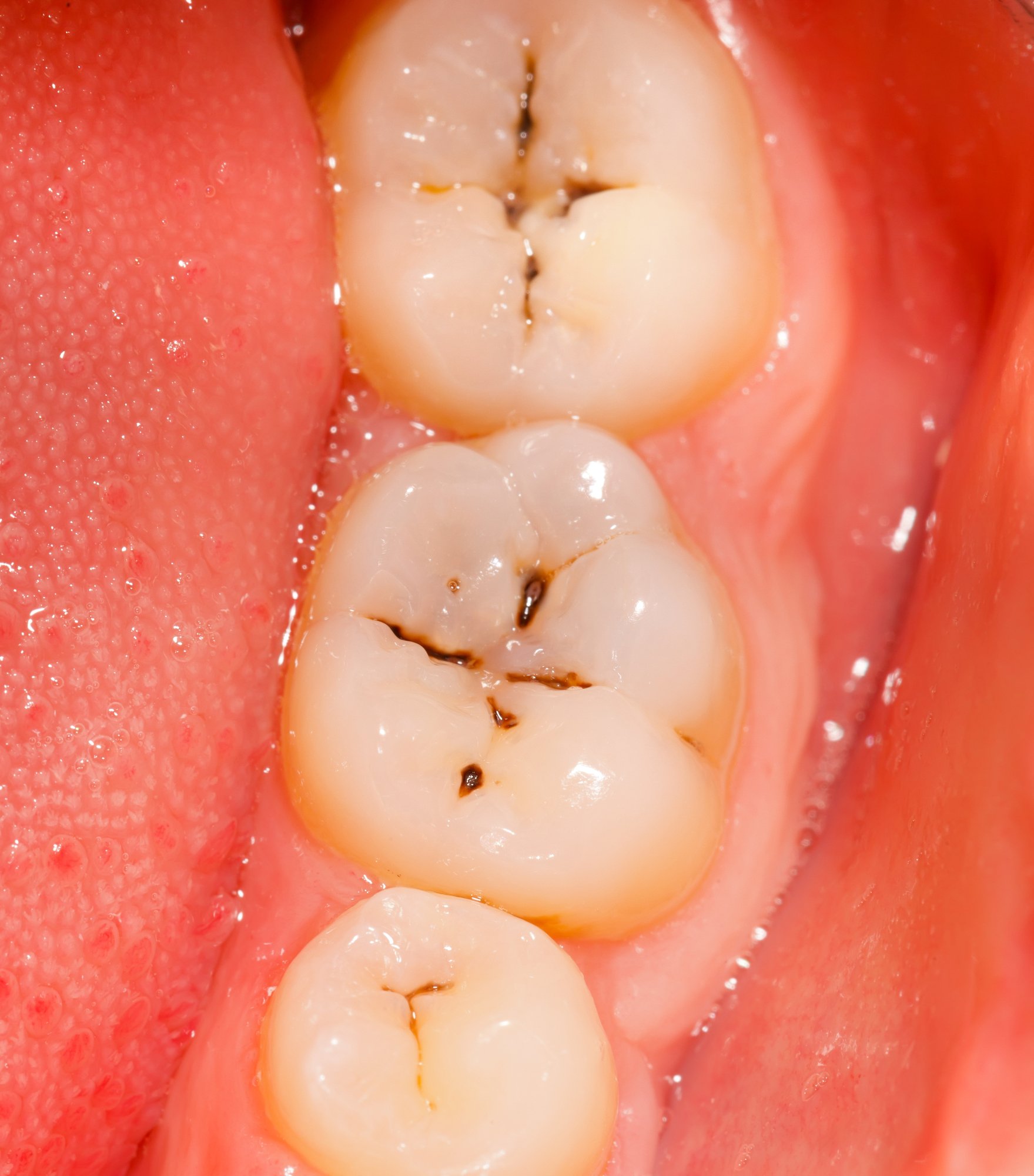
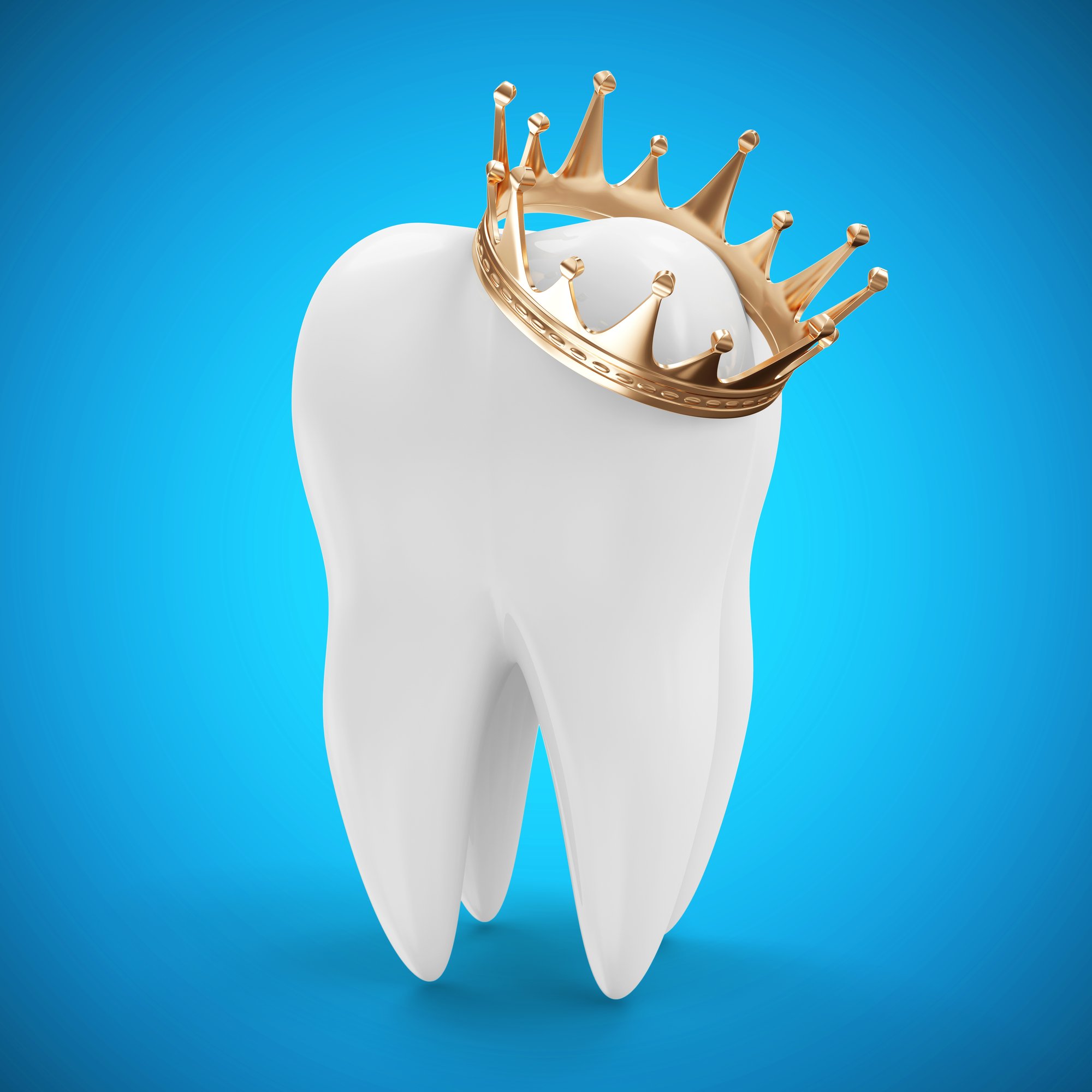


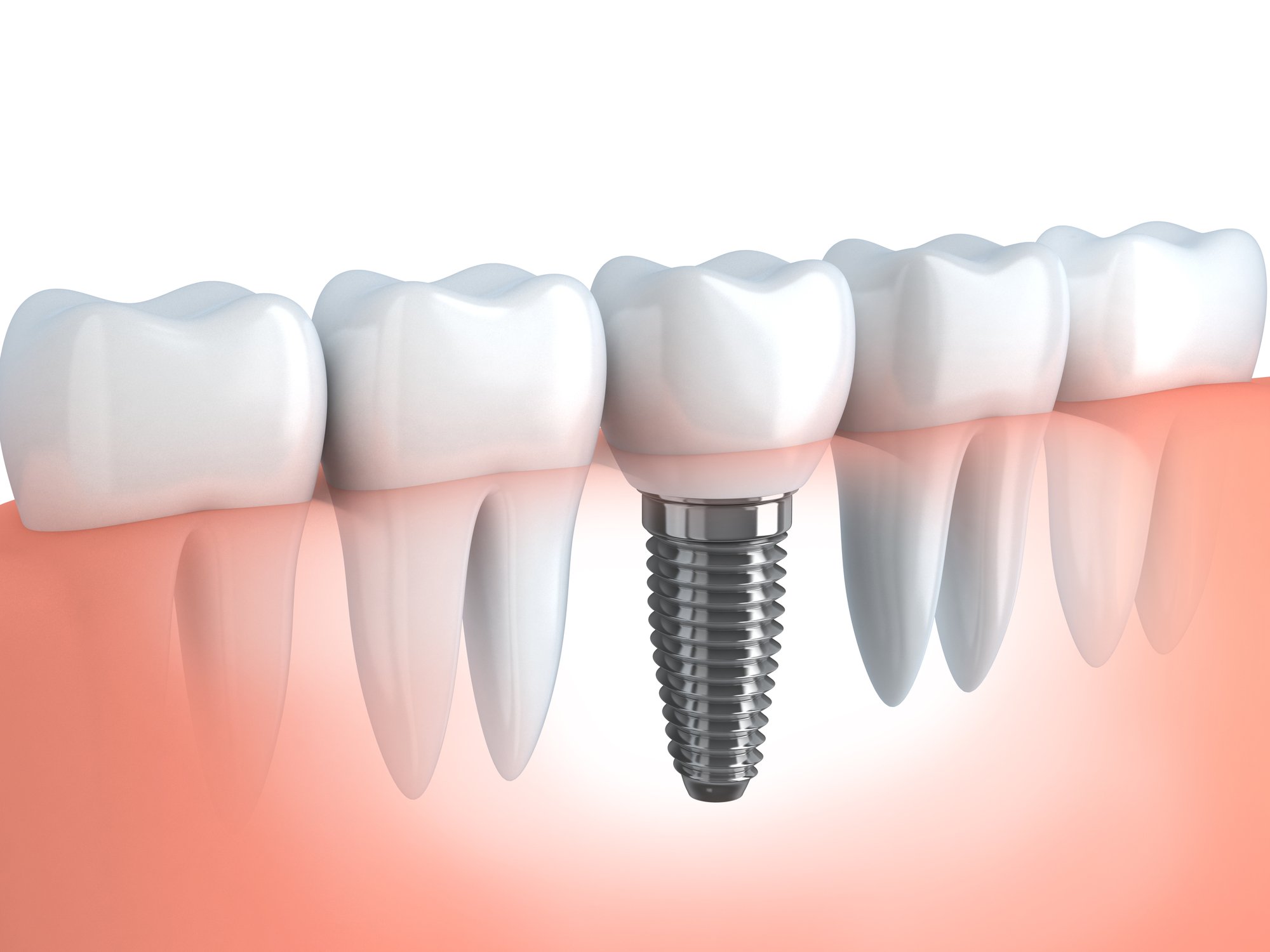

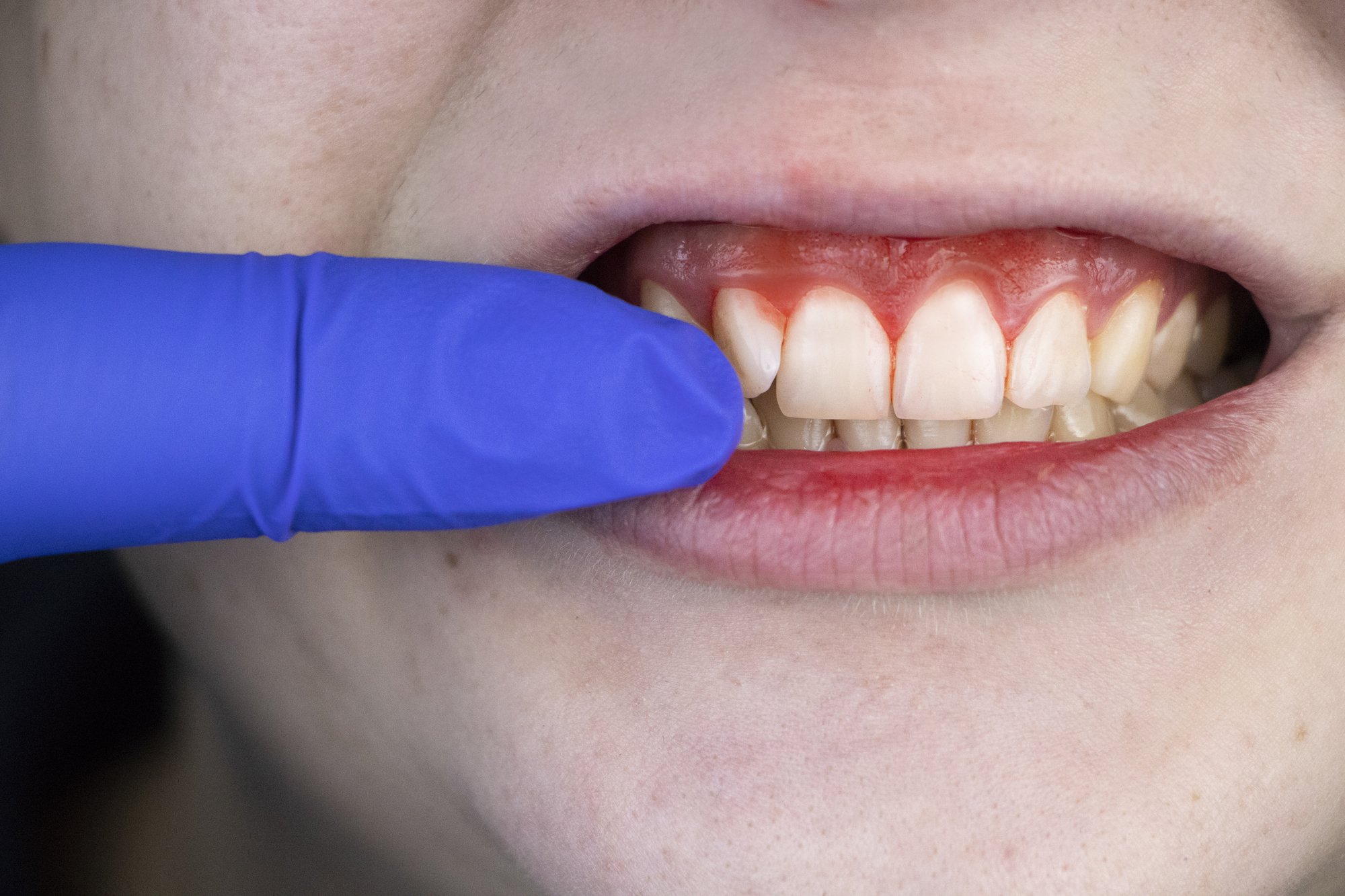


Recent Comments